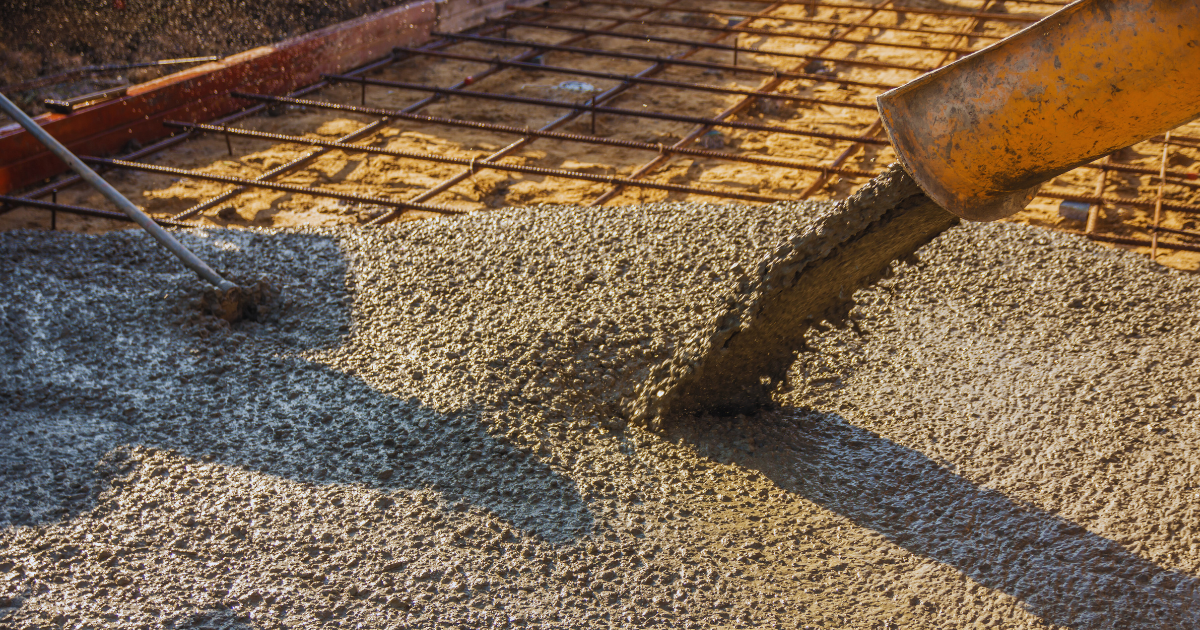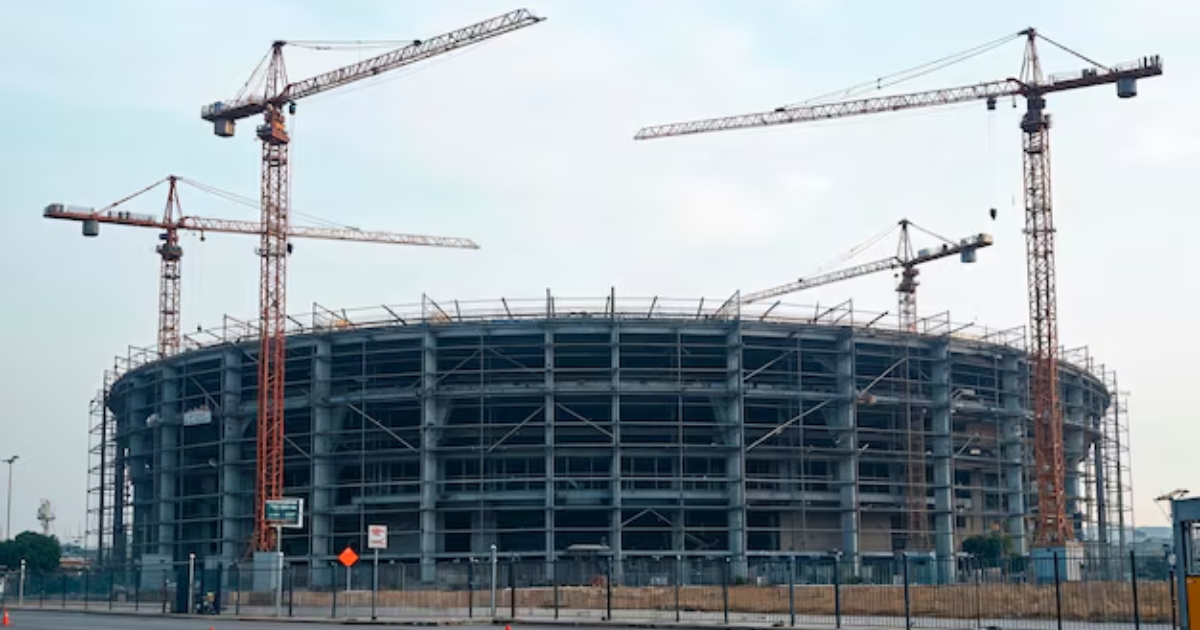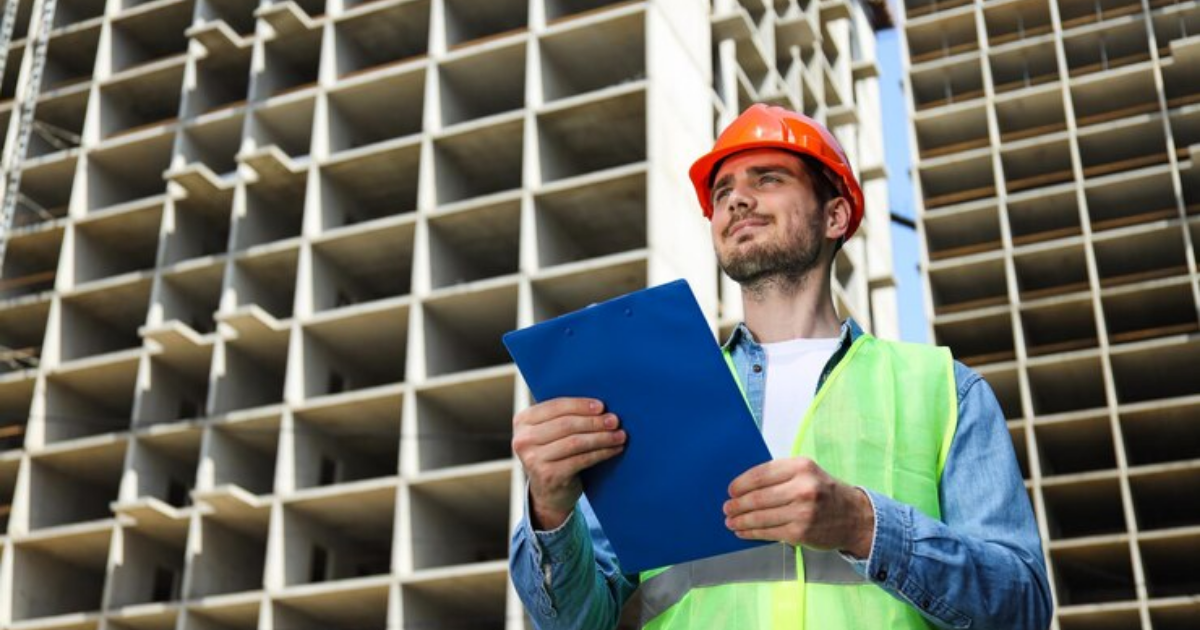In the world of modern infrastructure, deep excavations are an essential component of building underground structures such as basements, tunnels, and metro stations. However, constructing deep excavations presents significant challenges, especially in urban environments where surrounding structures need to be protected. One of the most effective solutions for providing structural support and maintaining stability in such projects is diaphragm wall construction. This method not only ensures the safety of deep excavations but also enhances the overall integrity of the structure.
In this blog, we’ll explore how diaphragm wall construction works, its benefits, and why it plays a crucial role in maintaining structural integrity during deep excavation projects.
What is Diaphragm Wall Construction?
Diaphragm wall construction involves creating a reinforced concrete wall that acts as a retaining structure to prevent soil and water from collapsing into an excavation site. It is typically used in deep excavation projects where a high level of support is required, and the surrounding environment must remain stable during the construction process.
These walls are usually constructed by digging narrow trenches along the perimeter of the excavation site and filling them with reinforced concrete. The diaphragm walls are built deep enough to act as both retaining walls and permanent structural elements for the project. They can be used in various applications, including building basements, water treatment facilities, parking garages, and underground railways.
The Process of Diaphragm Wall Construction
The construction of diaphragm walls involves several key steps that ensure the structure’s strength and stability. Here is a breakdown of the main stages in diaphragm wall construction:
- Site Preparation and Design
Before the construction begins, engineers carry out detailed geotechnical surveys and soil investigations to determine the properties of the ground. This data is crucial for designing the dimensions and reinforcement requirements of the diaphragm wall. The design stage also considers the depth of the excavation and the load-bearing capacity needed for the project. - Trench Excavation
The first physical step in diaphragm wall construction is to excavate narrow trenches along the designated path where the wall will be constructed. These trenches are usually between 600mm and 1500mm wide and can reach depths of 80 meters or more. The excavation is done in sections, known as panels, to maintain control and stability during the process. - Slurry Stabilization
During trench excavation, a special bentonite or polymer slurry is poured into the trench to prevent soil collapse and ensure the trench walls remain stable. This slurry acts as a temporary support system until the concrete is poured into the trench. - Reinforcement Placement
Once the trench is excavated and stabilized, steel reinforcement cages are lowered into the trench. These cages are designed according to the structural requirements of the project and provide the diaphragm wall with additional strength and durability. - Concrete Pouring
After placing the reinforcement, the next step in diaphragm wall construction is to pour the concrete into the trench. The concrete displaces the slurry, which is removed and recycled for use in other parts of the construction. Once the concrete is in place, it forms a continuous, reinforced wall that will support the surrounding soil and prevent collapse during excavation. - Curing and Wall Completion
After the concrete has been poured and cured, the diaphragm wall is complete. It serves as both a retaining wall for the excavation and a permanent structural element of the building or infrastructure project. The wall can withstand significant lateral pressure from soil and water, ensuring the safety and stability of the excavation site.
How Diaphragm Wall Construction Enhances Structural Integrity
Diaphragm wall construction is a widely used technique in deep excavations because of its ability to enhance the structural integrity of the project. Let’s examine some of the key ways this method contributes to the stability and durability of deep excavations.
1. Provides Excellent Lateral Support
One of the primary reasons for using diaphragm wall construction in deep excavations is the excellent lateral support it provides. The reinforced concrete walls act as a barrier that prevents soil and groundwater from entering the excavation site. This is particularly important in urban areas where buildings and other infrastructure are located close to the excavation.
Without adequate lateral support, the soil could shift or collapse, causing significant damage to nearby structures and leading to dangerous working conditions. Diaphragm walls prevent these issues by maintaining the stability of the excavation and protecting surrounding properties.
2. Minimizes Ground Movement
Deep excavations often result in ground movement, which can have serious consequences for nearby structures. Excessive ground movement can cause settlement, cracking, or even structural failure in adjacent buildings. Diaphragm wall construction helps minimize ground movement by reinforcing the soil and providing a rigid structure that resists displacement.
By controlling ground movement, diaphragm walls reduce the risk of damage to neighboring structures and ensure that the excavation site remains stable throughout the construction process.
3. Suitable for Various Soil Conditions
Another advantage of diaphragm wall construction is its adaptability to different soil conditions. Whether the excavation site is located in sandy, clayey, or rocky soil, diaphragm walls can be designed to accommodate the unique properties of the ground. This versatility makes diaphragm wall construction suitable for a wide range of construction projects, from urban buildings to large-scale infrastructure developments.
The ability to customize the wall design based on soil conditions ensures that the structure remains strong and stable, regardless of the challenges posed by the ground.
4. Effective in Managing Groundwater
Water intrusion is a common issue in deep excavations, especially in areas with high groundwater levels. If not properly managed, groundwater can weaken the soil, lead to flooding, and compromise the stability of the excavation site. Diaphragm wall construction is highly effective in controlling groundwater by creating a watertight barrier that prevents water from seeping into the excavation.
By managing groundwater, diaphragm walls protect the excavation from water-related issues, ensuring that the site remains dry and safe during construction. This also reduces the need for additional dewatering measures, saving time and costs in the long run.
5. Acts as a Permanent Structural Element
Unlike temporary retaining walls, diaphragm walls are often designed to be a permanent part of the structure. After the excavation is complete, the diaphragm wall can serve as the foundation wall for basements, underground parking lots, or tunnels. This dual functionality enhances the overall structural integrity of the project by providing a robust foundation that can support the weight of the building and resist lateral forces from the surrounding soil.
The integration of the diaphragm wall into the final structure also simplifies construction, as there is no need to remove temporary supports or build additional retaining structures.
Applications of Diaphragm Wall Construction
Diaphragm wall construction is used in a variety of applications, particularly in projects that require deep excavations and strong retaining walls. Some of the most common applications include:
- Basements for High-Rise Buildings: In dense urban environments, basements are often required to house parking, utilities, or storage. Diaphragm walls are ideal for supporting deep basements while minimizing the impact on nearby structures.
- Underground Transportation Systems: Tunnels for subways, trains, and roads often require deep excavations that need to be protected from soil collapse and water intrusion. Diaphragm walls provide the necessary support for these complex projects.
- Hydraulic Structures: Diaphragm walls are commonly used in the construction of dams, reservoirs, and other hydraulic structures where controlling water and providing strong lateral support is crucial.
Conclusion
Diaphragm wall construction is a critical technique in modern engineering that enhances the structural integrity of deep excavation projects. With its ability to provide excellent lateral support, minimize ground movement, manage groundwater, and serve as a permanent structural element, this method is invaluable for maintaining the stability and safety of large-scale construction projects. By investing in diaphragm wall construction, builders can ensure that their projects are not only durable but also able to withstand the demands of complex excavation environments.







